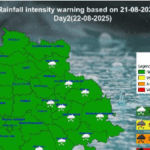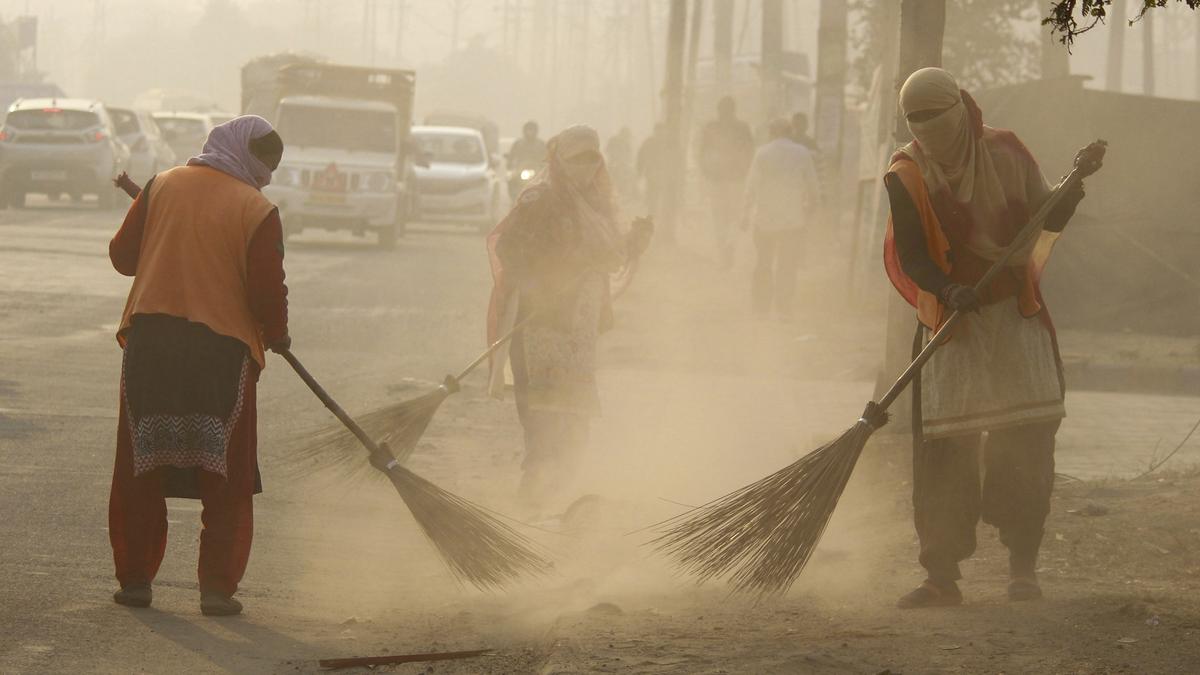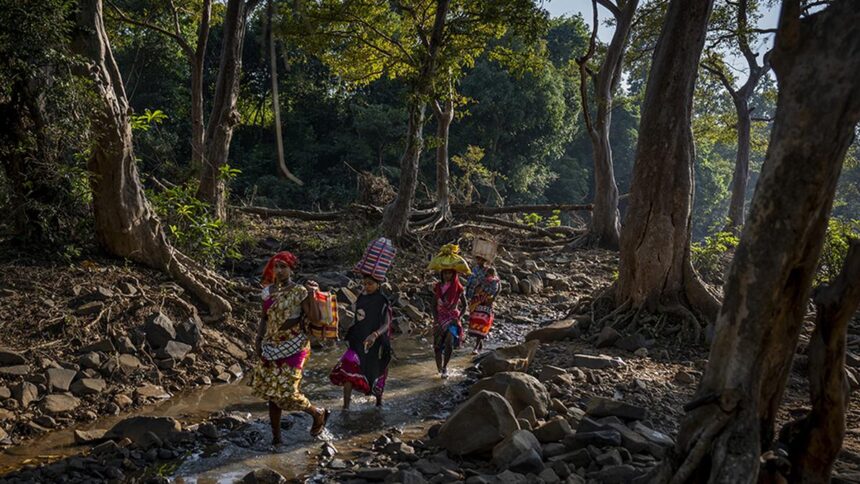Air pollution, a hazard endured everyday by millions across India in varying degrees, has long been associated with a range of respiratory diseases, heart conditions, and a growing list of health issues. Now, a new study reveals the damaging effects of air pollution extend far beyond the lungs and heart, affecting people before they are even born.
Published in PLoS Global Public Health, the study was carried out by researchers from institutions in India, Thailand, Ireland, and the UK, with data from the National Family Health Survey (NFHS) along with satellite data. The team assessed the influence of ambient air quality on birth outcomes, specifically preterm births (PTB) and low birth weight (LBW). The dataset included children aged 0 to 5 years; 52% were female and 48% male.
The results suggest that exposure to fine particulate matter (PM2.5) during pregnancy significantly increases the likelihood of these adverse outcomes. PM2.5 consists of airborne particles less than 2.5 micrometres in diameter.
According to the study, mothers exposed to increased levels of PM2.5 had a 70% higher chance of delivering prematurely compared to those who weren’t exposed. The odds of giving birth to a baby with low birth weight rose by 40% for mothers who faced higher air pollution levels.

Northern states at more risk
A particularly significant finding in the study is the regional disparity: specifically, Delhi, Punjab, Haryana, Uttar Pradesh, and Bihar bear the brunt of the consequences of air pollution. These regions are known for being heavily industrialised with high vehicular emissions and the widespread use of solid fuels for cooking.
This conclusion aligns with previous reports. Another recent study in The Lancet reported that the average PM2.5 concentration in Delhi was 13.8-times higher than that in Kerala.
PTB was most prevalent in Himachal Pradesh (39%) and Delhi (17%) while LBW was most common in Punjab (22%) and Delhi (19%). Female children were more likely to be born with LBW (20%) compared to males (17%) — although both conditions were found to be more frequent among children of illiterate and poorer mothers.
Households that used solid fuel to cook also reported higher rates of both LBW and PTB.
Higher levels of PM2.5 during pregnancy significantly increased the likelihood of both LBW and PTB by 1.37x and 1.67x, respectively, with even a slight rise in temperature linked to an increase in LBW cases, though not PTB.
Higher temperatures have previously been linked to maternal dehydration, heat stress, and increased cardiovascular strain, all of which impair placental function and disrupt foetal growth. Conversely, excessive rainfall, especially during the monsoon, raises the risk of waterborne infections, which can further hinder foetal growth, the study suggests.
Flooding and displacement associated with heavy rains can also disrupt healthcare access, leading to delayed medical interventions and increasing the likelihood of pregnancy complications.

Region-specific interventions
The study’s findings clarify that while India has made some progress in tackling air pollution with initiatives like the National Clean Air Programme, more needs to be done to mitigate the risks posed by poor air quality. The study’s results suggest the government’s target to reduce particulate matter concentrations by 20% by 2024 is a step in the right direction, although it may not be enough to address the public health crisis growing in tandem.
The authors call for more comprehensive interventions to reduce exposure to air pollution, particularly in North India, which has been identified as the most vulnerable region. In addition to addressing outdoor air pollution, the study highlights the importance of tackling indoor pollution, particularly from the burning of solid fuels in households. Cleaner cooking technologies and better access to clean energy could significantly reduce the harmful effects of indoor air pollution, especially in rural areas.
The research also calls for greater integration of air quality data with health surveillance systems to identify at-risk populations and implement targeted interventions.
A more localised approach, focusing on the specific needs of high-risk regions, is necessary to mitigate the impacts of air pollution on maternal and child health. Public health initiatives should prioritise the development of climate-resilient healthcare strategies, such as heat action plans and improved water management systems, to protect pregnant women from the dual threats of air pollution and extreme weather events, the study says.
Published – July 07, 2025 06:30 am IST





















